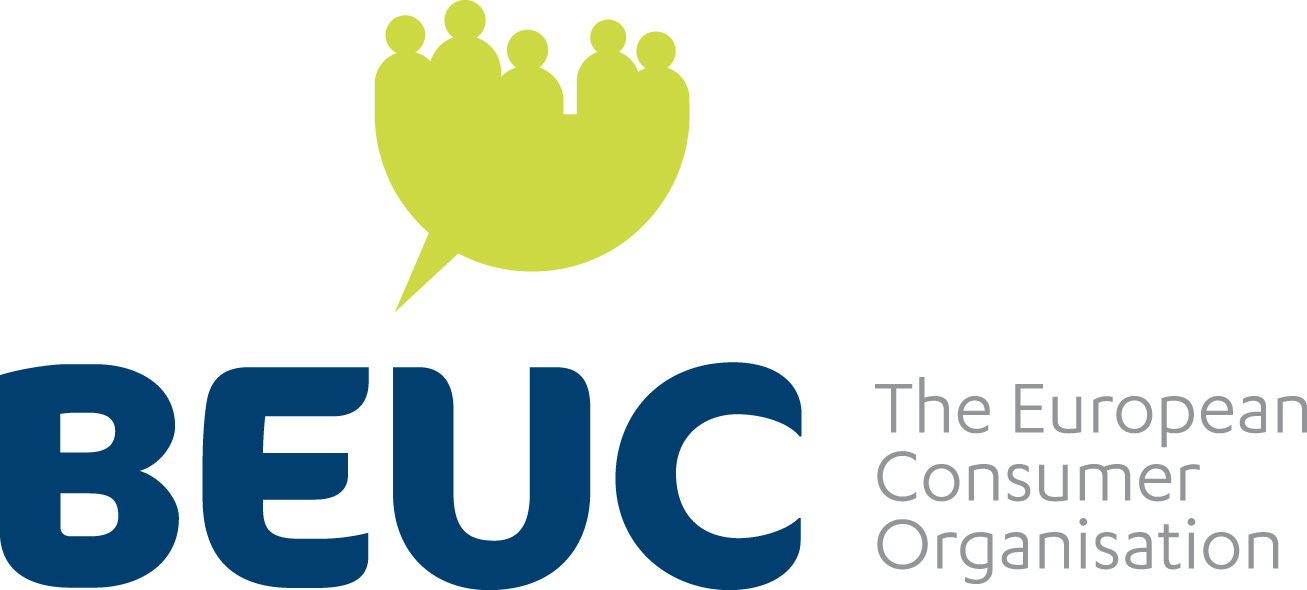New and improved fuel test for cars enters into force
About this publication
PRESS STATEMENT - 01.09.2017
Today, a new method for measuring the fuel consumption and CO2 emissions of cars enters into force. We welcome this EU initiative, called the Worldwide Harmonised Light vehicles Test Procedure (WLTP). It should produce a more realistic picture of the fuel economy of passenger cars and in turn help to better inform consumers.
The new system closes testing loopholes exploited by car manufacturers under the current New European Driving Cycle (NEDC) system, which dates from the 1970s. Some manufacturers stretched the truth by overinflating tyres to optimise the wheels’ rolling resistance during tests, using special motor oils or reducing the weight of the vehicle.
The result? All too often cars were thirstier and dirtier than advertised, with consumers and the environment footing the bill. This should now change as cars will be tested through a system which better simulates real driving conditions.
Monique Goyens, Director General at BEUC, commented:
“Consumers have for too long been fooled about the amount of petrol and diesel that cars guzzle and have ended up paying much more than expected in fuel costs.
“Consumers can expect to get their hands on these more accurate values over the coming years, as the new method is being phased in. As the onus is on Member States to roll-out the WLTP, we call on them to ensure that consumers have access to the information by no later than 1st January 2019. This is important so that people can buy cars based on reliable information as soon as possible, but without causing confusion during the transition period.
“It is also critical that the EU and Member States closely follow the implementation of the WLTP and get on with developing an on-the-road test to ensure the lab figures are truly representative of the real world.”
Background:
The phase in means that new cars will be tested on the WLTP as of September 2017 and for all vehicles as of September 2018. Due to the existing test method still being in use during this transition period, it is these values which are likely to be used for consumer information purposes.

